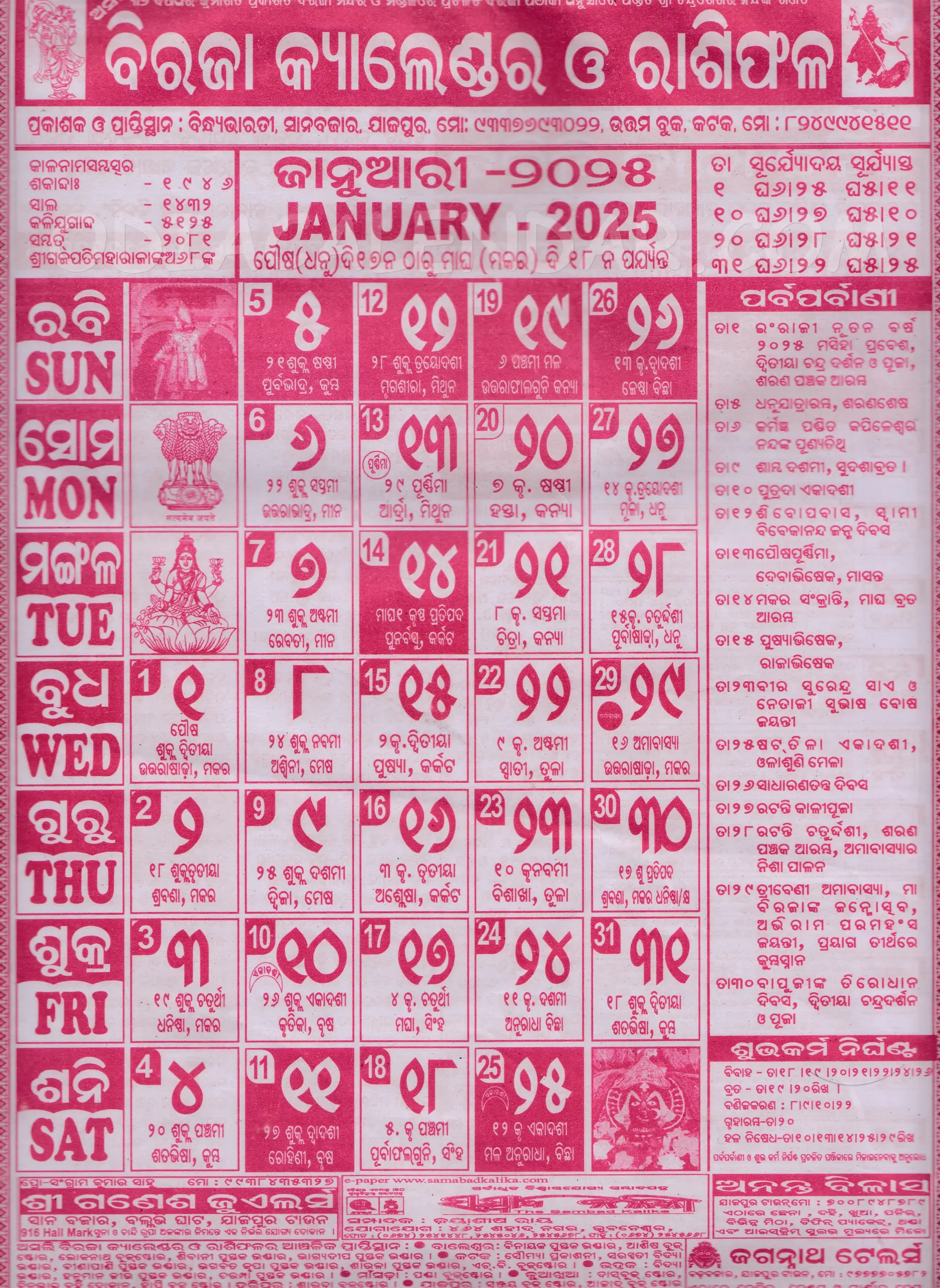What would be humanity's response if an asteroid were on a collision course with Earth? A bold statement from NASA suggests that the world is better prepared than ever before. In recent years, advancements in space technology and international cooperation have significantly enhanced our ability to detect and potentially deflect such celestial threats.
NASA’s ongoing efforts to monitor near-Earth objects (NEOs) have been pivotal in assessing risks posed by asteroids like 2024 YR4. According to Rebecca Sirmons, the responsible NASA official overseeing NEO programs, the agency remains vigilant about tracking these cosmic wanderers. While the probability of a catastrophic impact remains low, the potential consequences demand continuous attention and research. The last update on this critical initiative was released on April 30, 2025, highlighting the importance of global collaboration in safeguarding our planet.
| Name | NASA Asteroid Monitoring Program |
|---|---|
| Established | 1998 |
| Responsible Official | Rebecca Sirmons |
| Mission | To identify, track, and assess the risk of near-Earth objects. |
| Website | NASA Asteroid Page |
Entertainment media often explores scenarios involving asteroids threatening Earth. Among the most captivating are space-themed films available on platforms like Netflix. Titles such as The Day The Earth Blew Up: A Looney Tunes Movie, which premiered in March 2025, provide thrilling narratives while raising awareness about real-world dangers. These movies not only entertain but also educate audiences about the science behind asteroid impacts and mitigation strategies.
The Sundance Film Festival showcased several documentaries during its 2025 program, focusing on both fictional and factual depictions of asteroid-related events. Such productions aim to spark conversations around planetary defense initiatives and inspire future generations of scientists and engineers. One example includes animations illustrating the possible devastation caused by an asteroid strike, similar to those shared widely on social media platforms earlier this year.
In addition to cinematic portrayals, interactive tools like Google Earth offer users immersive experiences simulating flights across the globe. With features enabling exploration of detailed 3D cityscapes directly within browsers, these applications allow individuals to visualize potential disaster zones affected by hypothetical asteroid collisions. By rolling virtual dice through their interface, users can discover new locations and consider how different regions might respond under such dire circumstances.
Santa Ana-based Frida Cinema continues to support educational programming related to astronomy and space exploration. Their commitment extends beyond traditional screenings into community outreach projects designed to foster interest in STEM fields among young people. As evidenced by box office figures for recent releases, public fascination with stories centered around asteroid threats persists strong.
Despite increasing probabilities associated with specific asteroids like 2024 YR4, experts emphasize maintaining perspective regarding actual risks involved. Although measuring approximately 177 feet in diameter, this particular object poses limited threat compared to larger bodies capable of causing widespread destruction. Nonetheless, continued investment in detection technologies ensures readiness should any significant hazard arise.
International partnerships play crucial roles in advancing knowledge surrounding near-Earth objects. Collaborative efforts enable sharing data essential for accurate predictions concerning trajectories and likelihoods of collisions. Furthermore, they facilitate development of innovative methods aimed at altering orbits of potentially hazardous asteroids before reaching Earth.
Public engagement remains vital component supporting broader objectives outlined by organizations like NASA. Through accessible formats ranging from blockbuster films to hands-on learning opportunities provided by institutions such as Frida Cinema, awareness grows steadily about importance of proactive measures addressing existential threats posed by asteroids. Ultimately, fostering informed citizenry contributes positively toward ensuring long-term safety and sustainability of life on our planet.
As we move forward into uncertain times characterized increasingly by technological breakthroughs coupled with heightened vigilance against natural calamities, staying abreast latest developments becomes imperative. Regular updates disseminated via reliable sources help maintain transparency necessary sustaining confidence amongst populace worldwide. Together, humanity stands united in pursuit protecting shared home against all odds imaginable - including rogue asteroids hurtling through vast expanses deep space.




